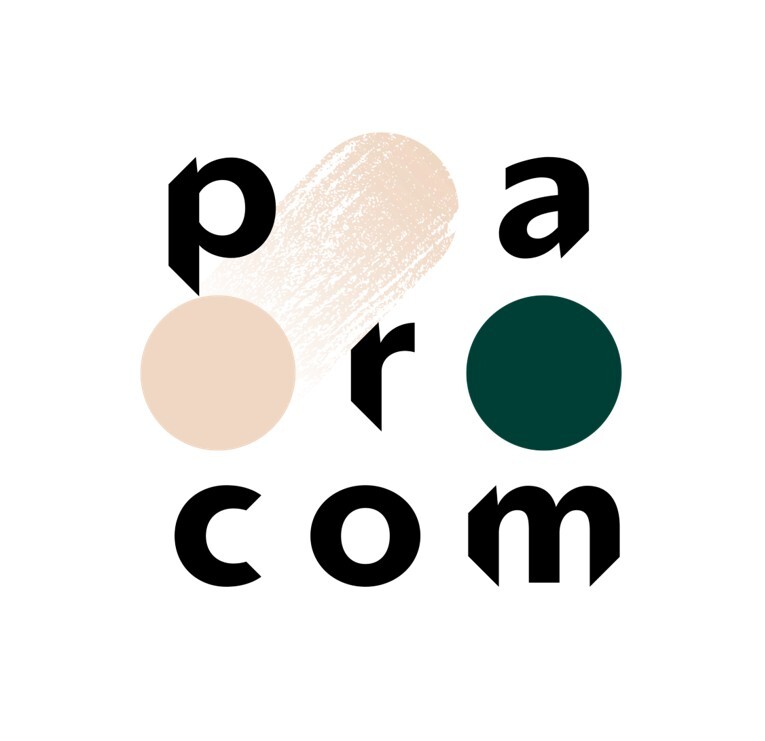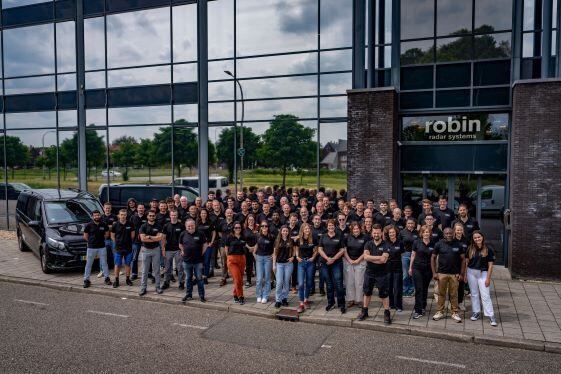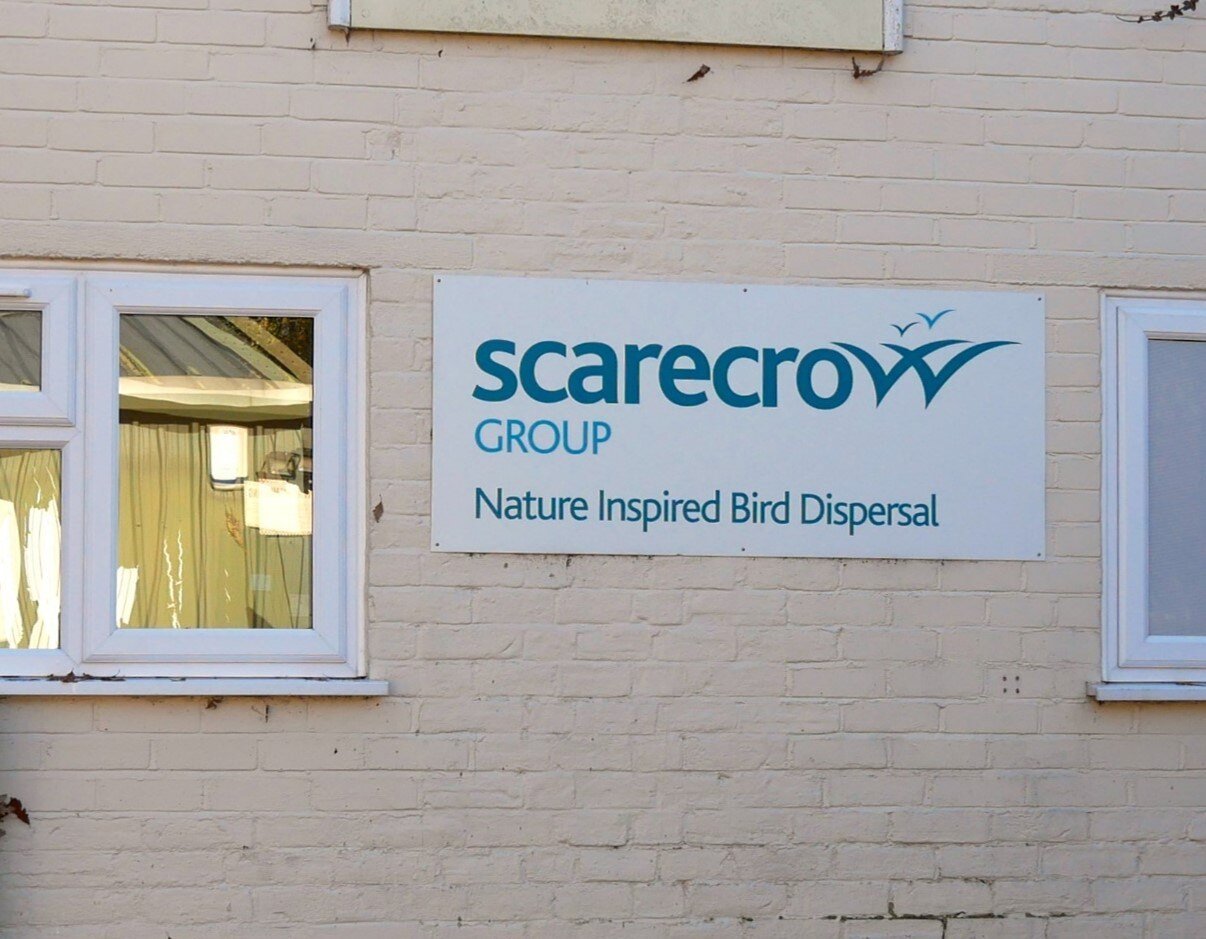Roots in radar science
A robin is a charming little bird, but that’s not what inspired our name. ROBIN is an acronym that captures our colourful technical heritage: Radar OBservation of Bird INtensity.
In 1980, the Dutch Research Institute for Applied Science, TNO, began a project to prevent strikes between birds and Royal Netherlands Air Force planes. The European Space Agency (ESA) contributed to Robin’s development with its FlySafe Initiative, processing raw images from air defence radars to visualise bird intensity.
In 2010, high-tech entrepreneur and Robin CEO, Siete Hamminga, saw our bright potential. He spun out the technology from TNO to make it commercially available, and Robin Radar Systems was born! In 2024, our shareholders and investment company, Parcom, reached an acquisition agreement that sent us soaring towards new heights.







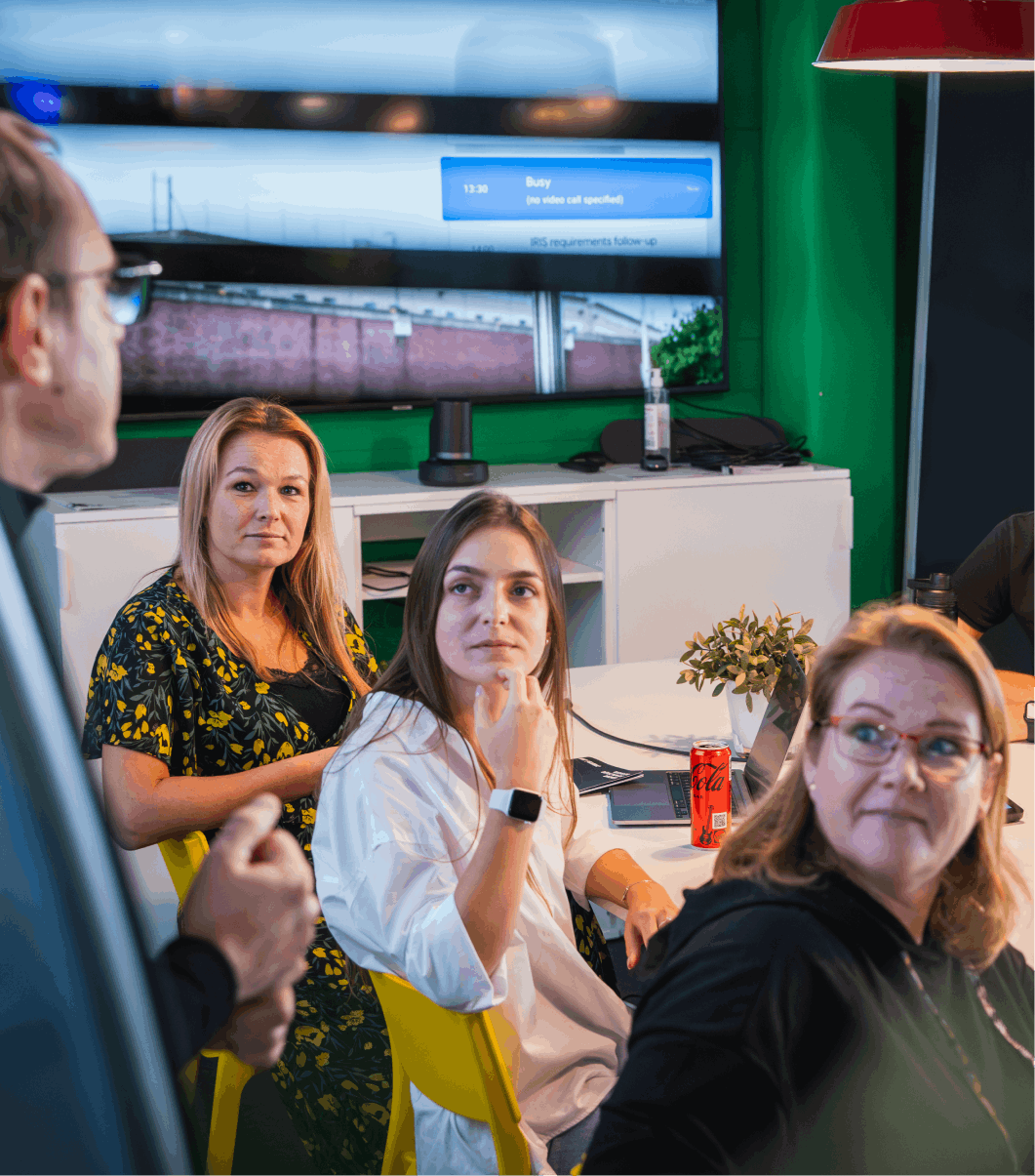


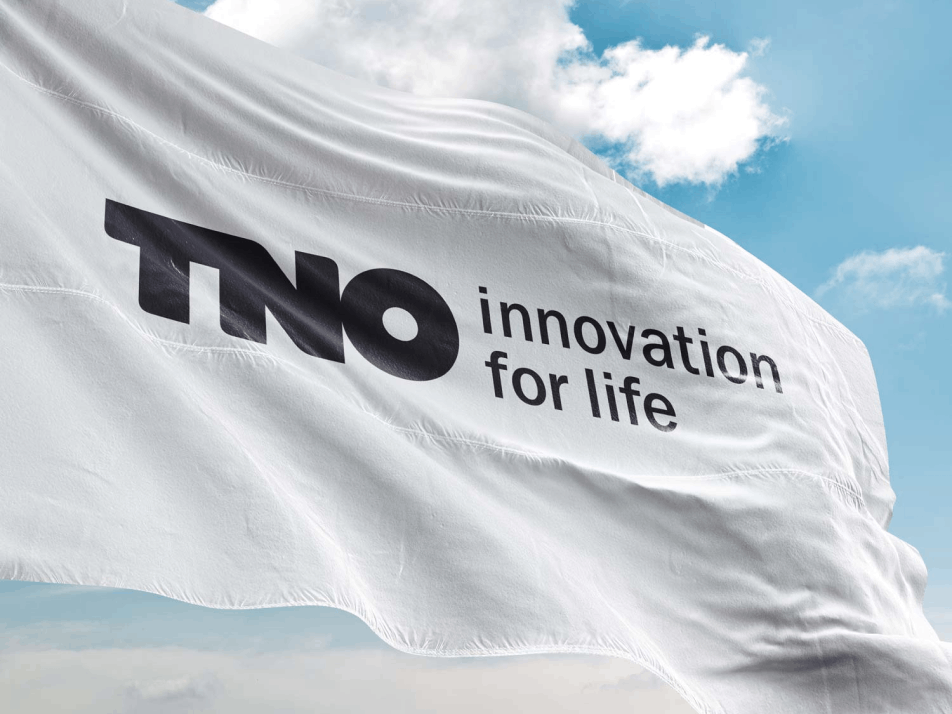
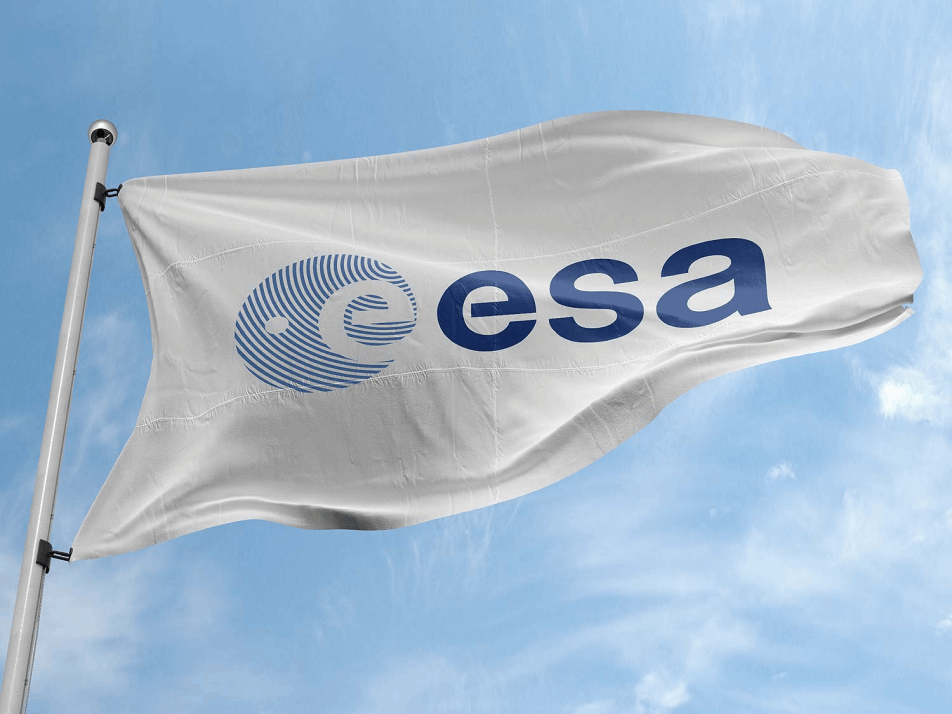
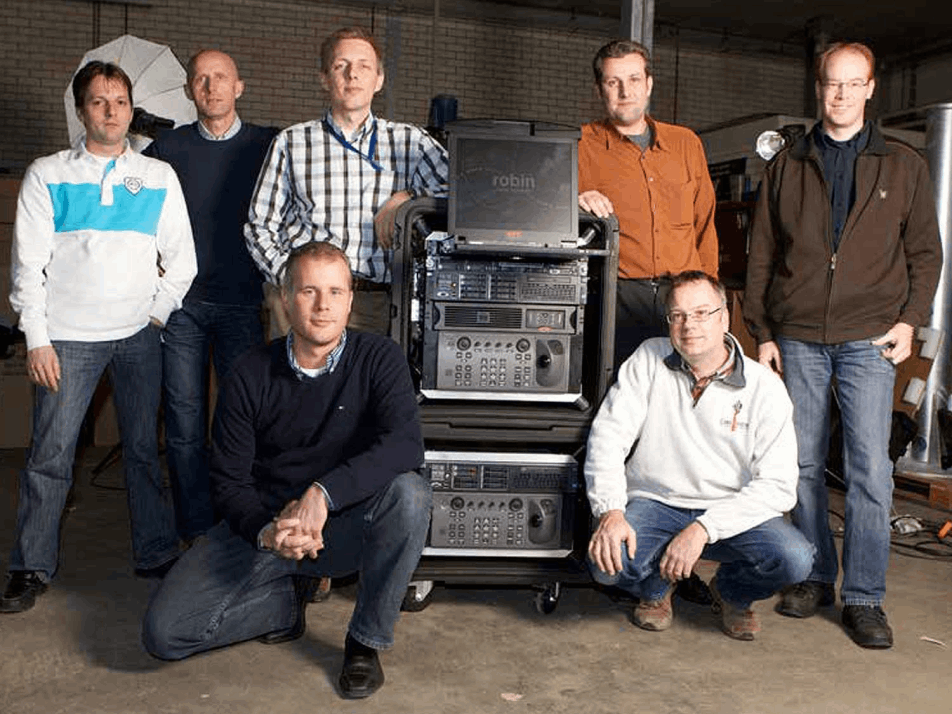
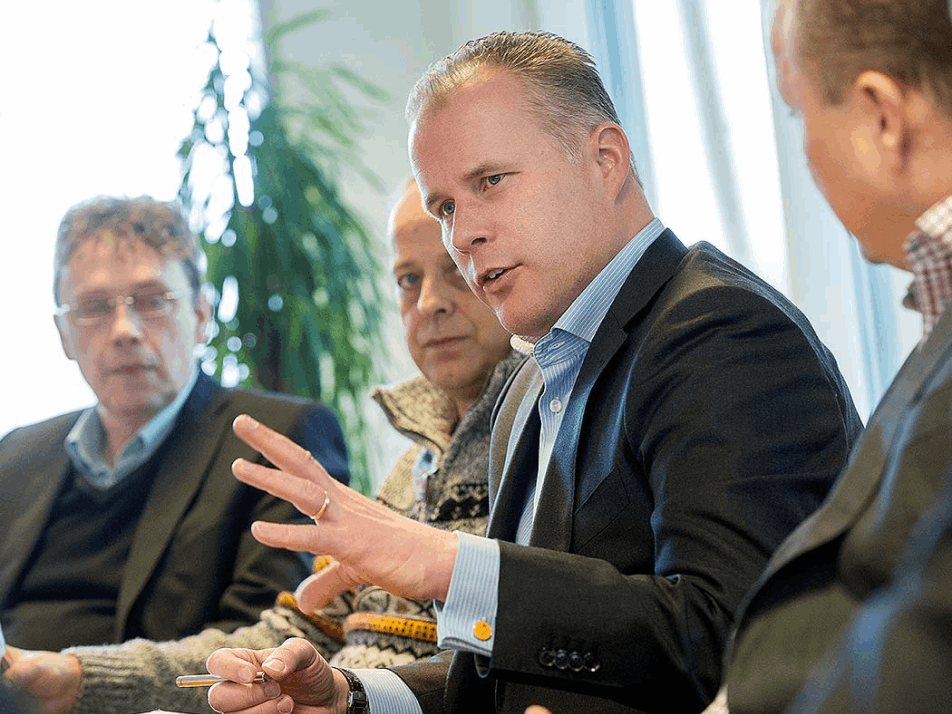
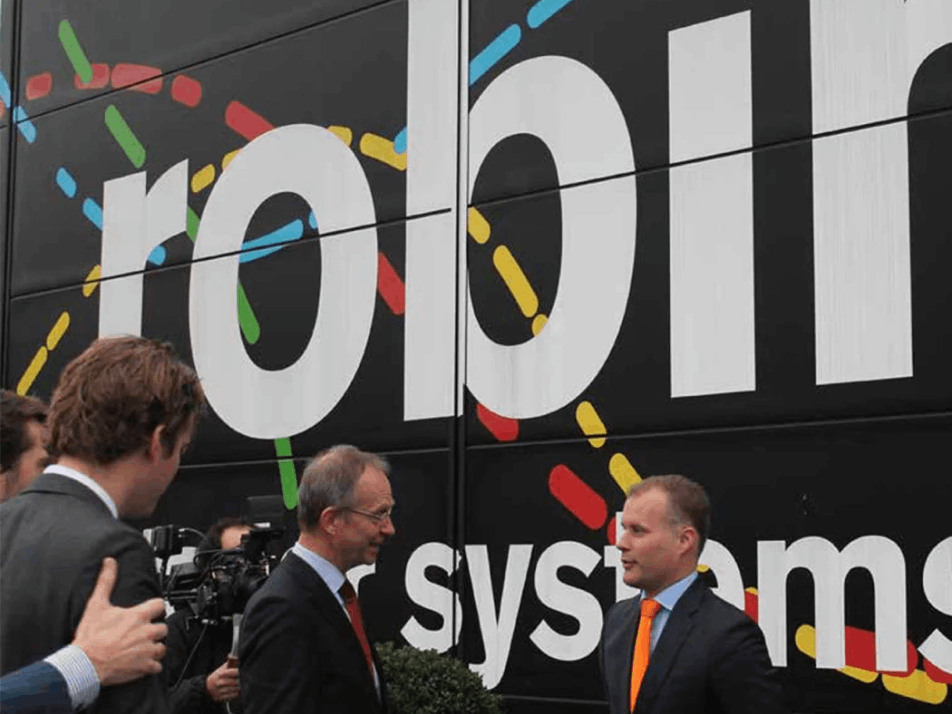
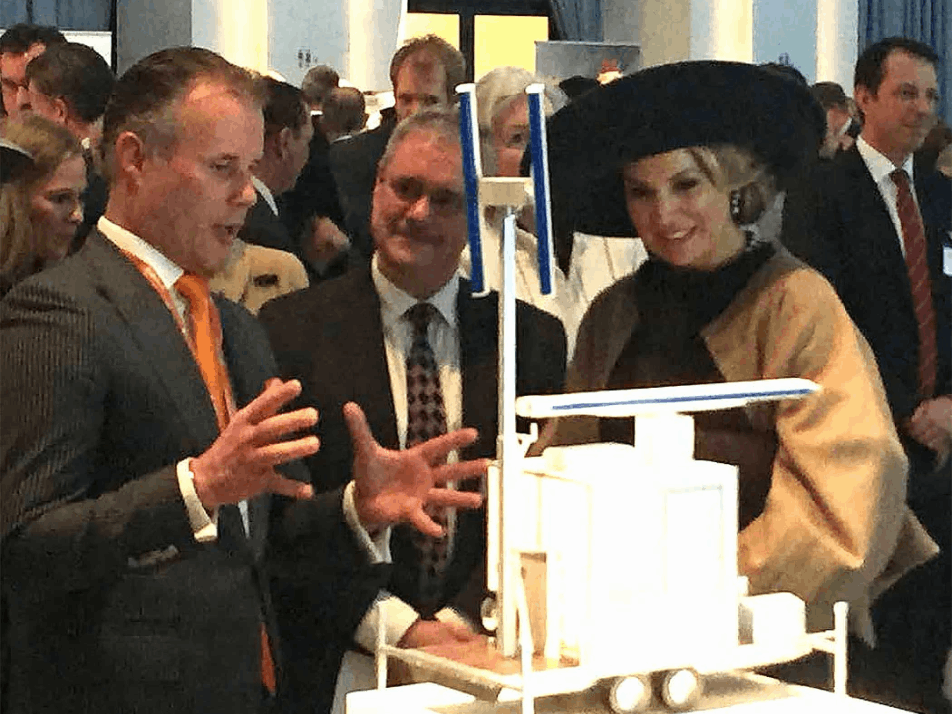
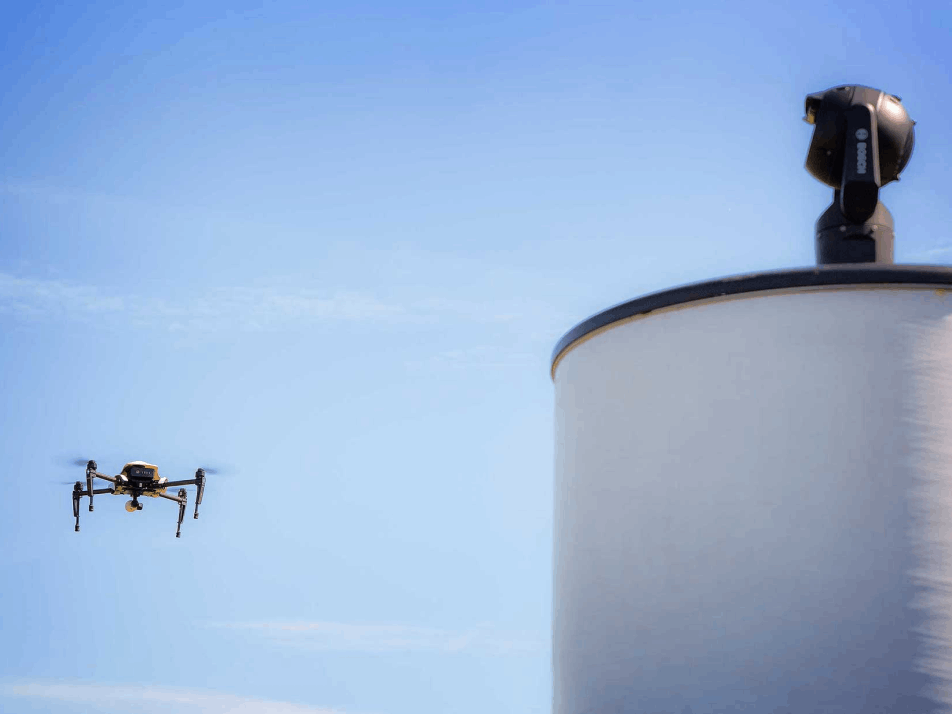
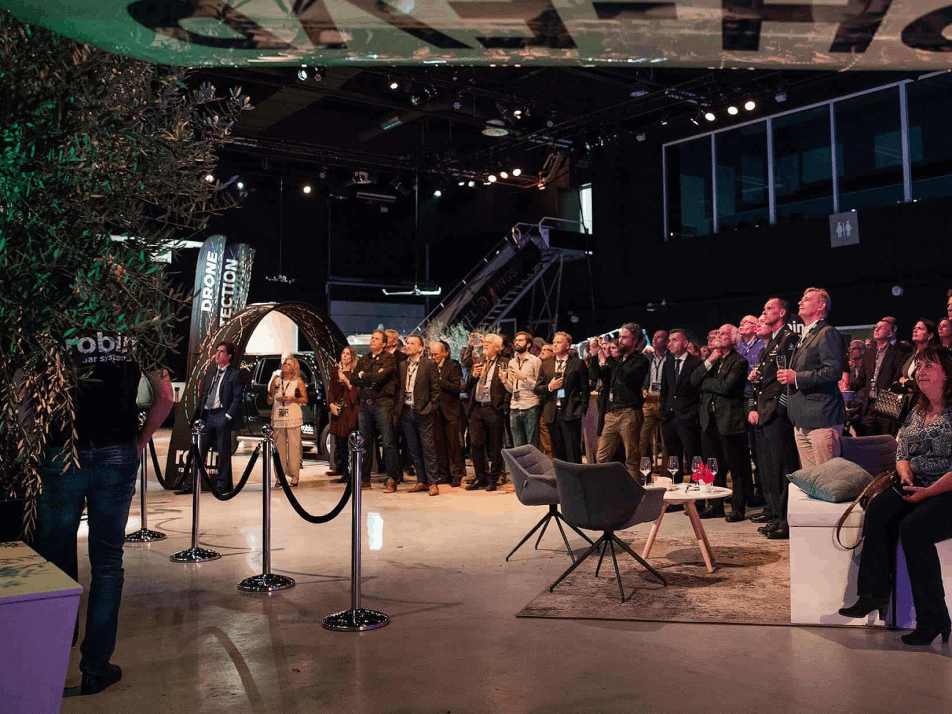
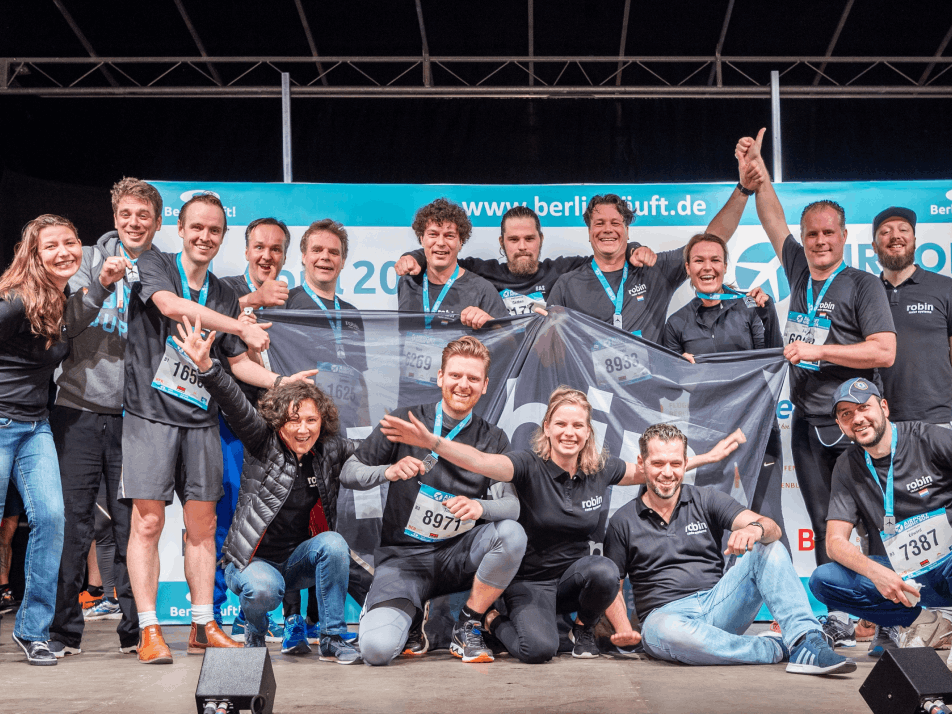
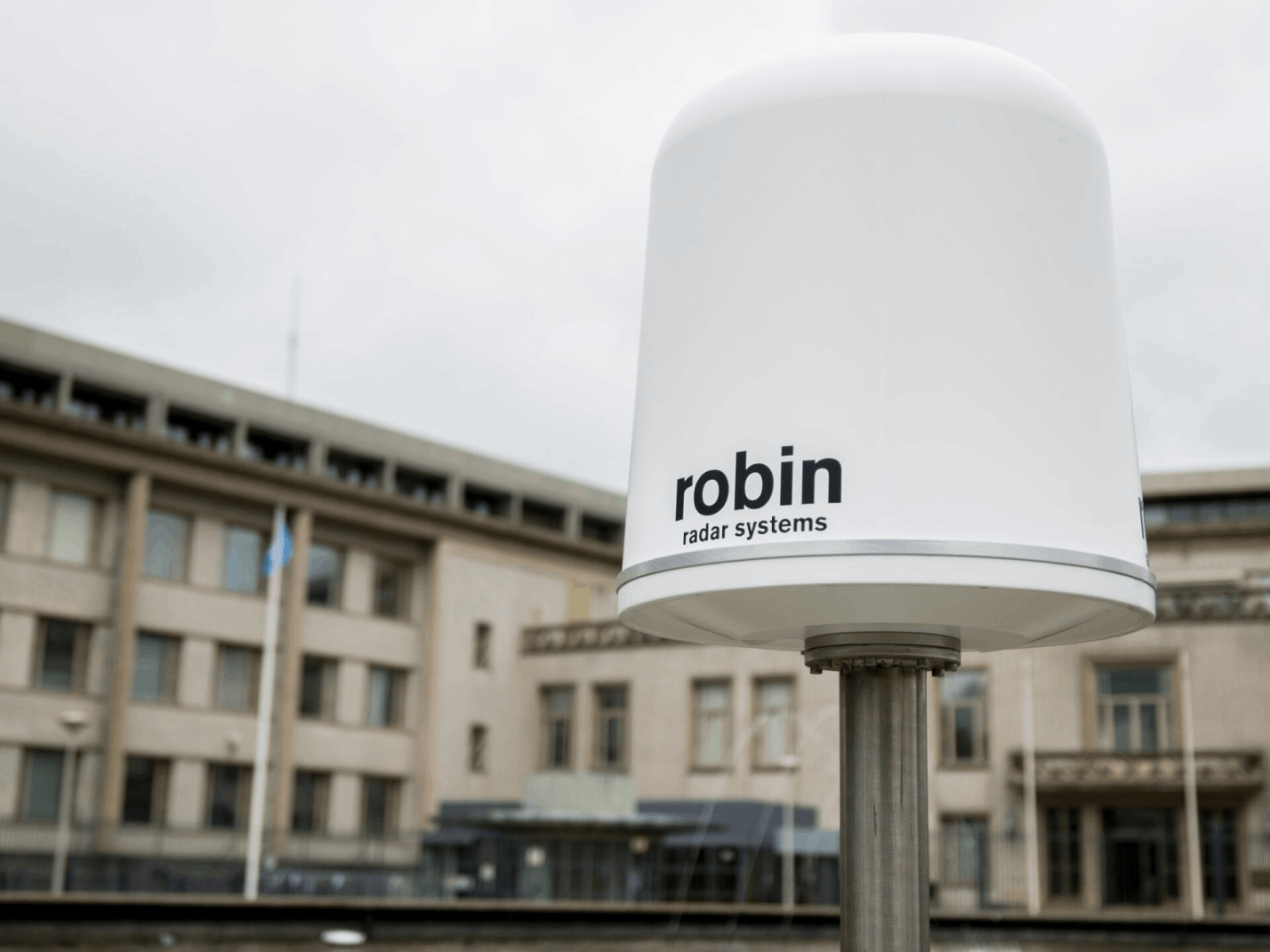
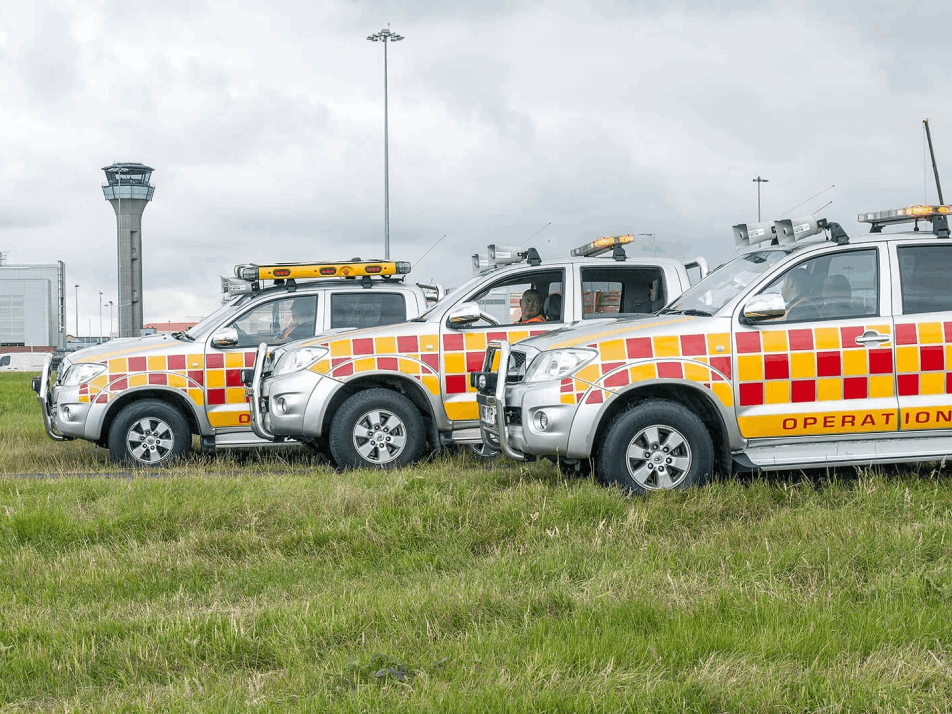
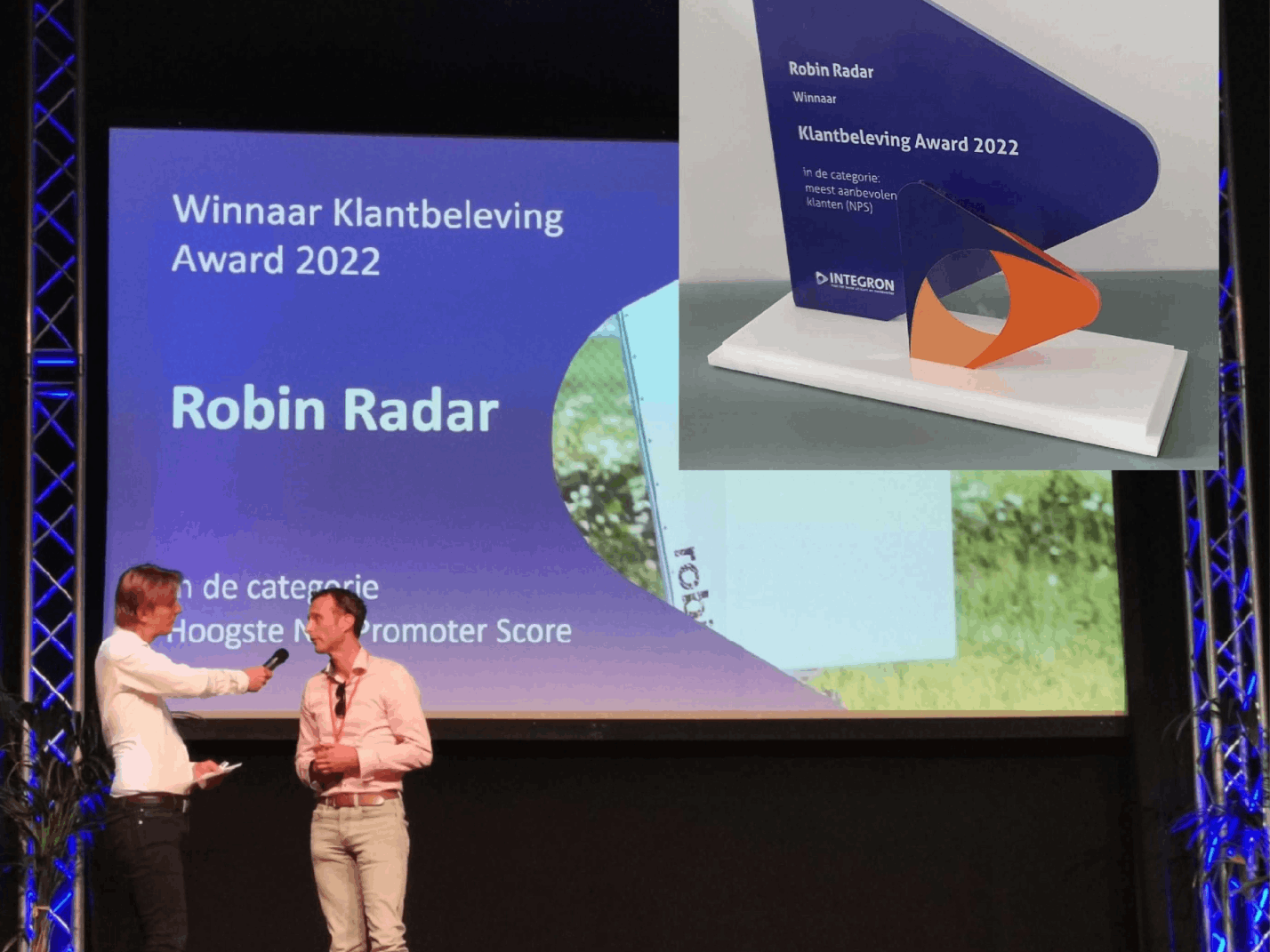
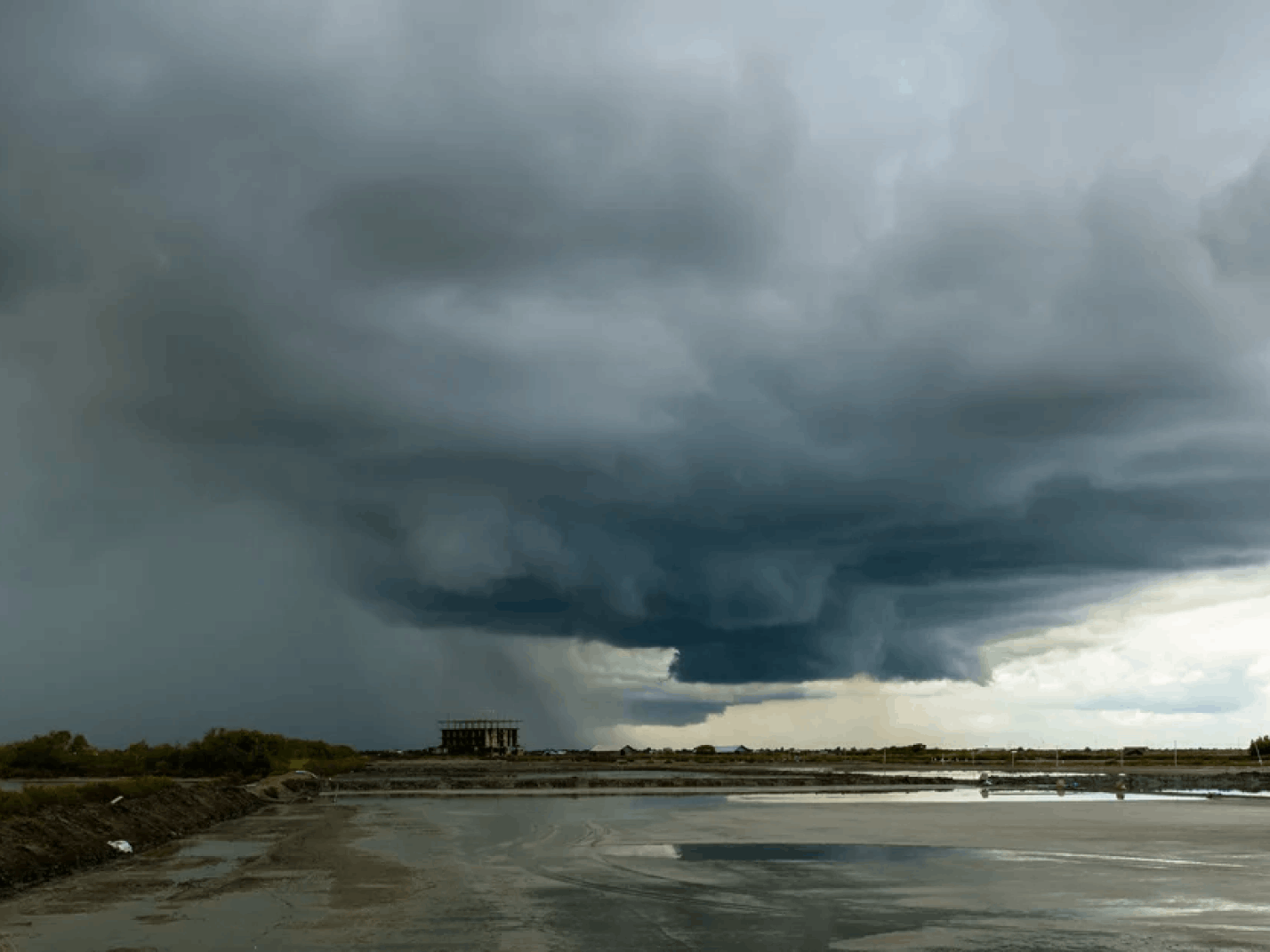
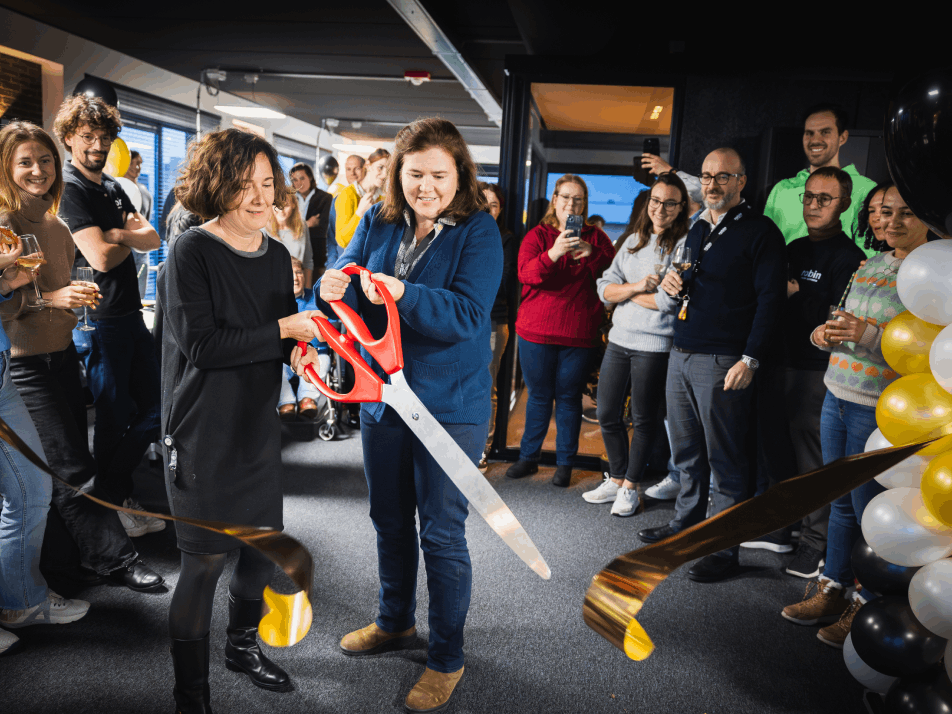
-1.jpeg?width=2000&name=RRS%20Barrel%2025-04-2024-17%20(1)-1.jpeg)

